-
 Wilma Elaine Crockett (1951-2001)
Wilma Elaine Crockett (1951-2001) -
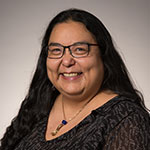 Tania Dick
Tania Dick -
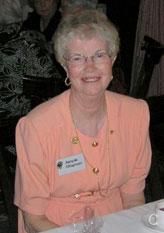 Jacqueline Chapman (1935-2009)
Jacqueline Chapman (1935-2009) -
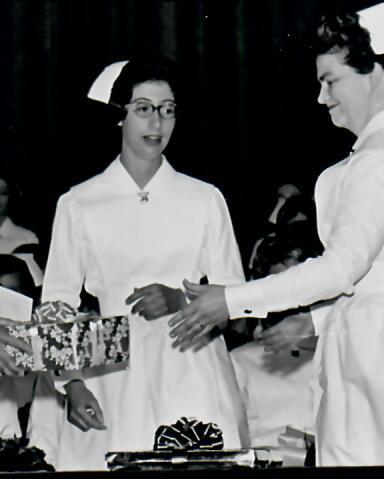 Frances Cannon (1941-2005)
Frances Cannon (1941-2005) -
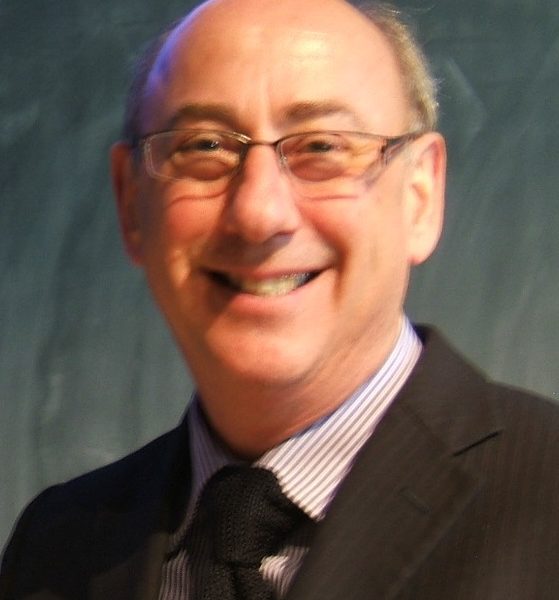 Rob Calnan
Rob Calnan -
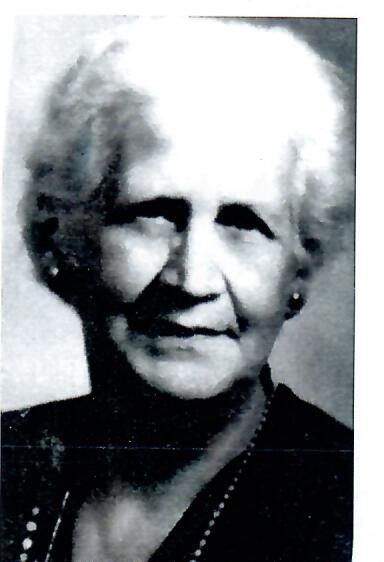 Gertrude Buckland (1881-1961)
Gertrude Buckland (1881-1961) -
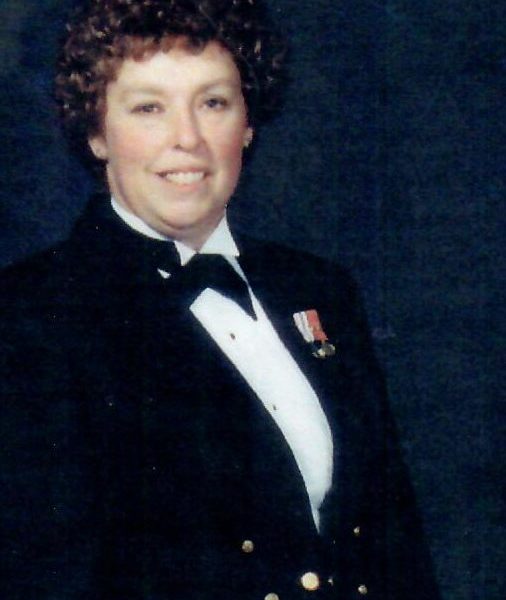 Stephanie Buckingham
Stephanie Buckingham -
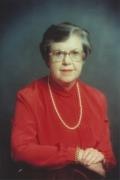 Muriel Bamford (1918-2017)
Muriel Bamford (1918-2017) -
 Grace “Torchy” Adamson (1927-1992)
Grace “Torchy” Adamson (1927-1992) -
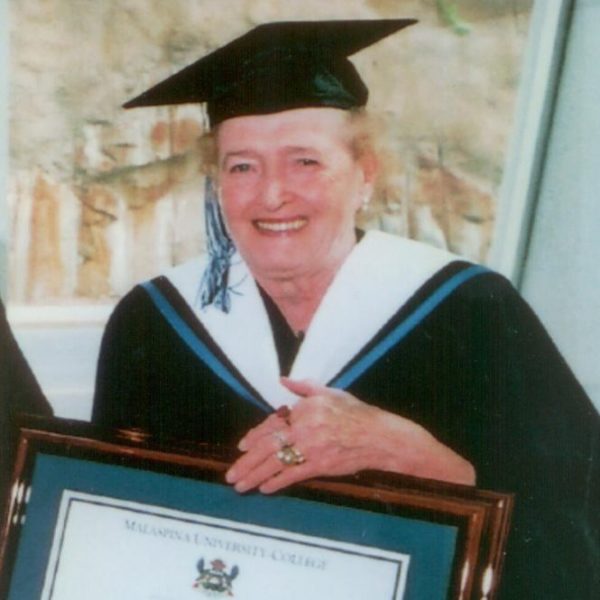 Beryl K Albee (1921-2012)
Beryl K Albee (1921-2012) -
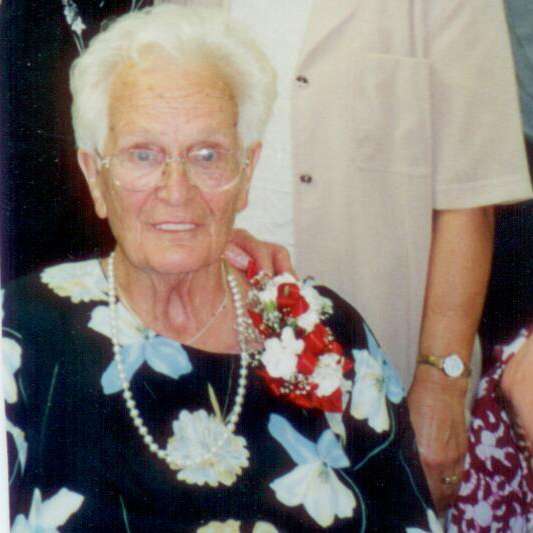 Barbara Anderson (1916-2008)
Barbara Anderson (1916-2008) -
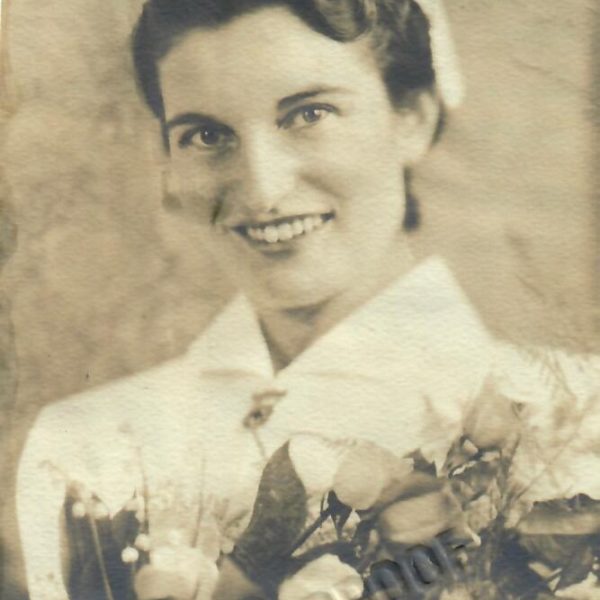 Hazel Hope Anderson (1916- 2001)
Hazel Hope Anderson (1916- 2001) -
 Maude Anderson (1915-1995)
Maude Anderson (1915-1995) -
 Monica Angus (1932-
Monica Angus (1932- -
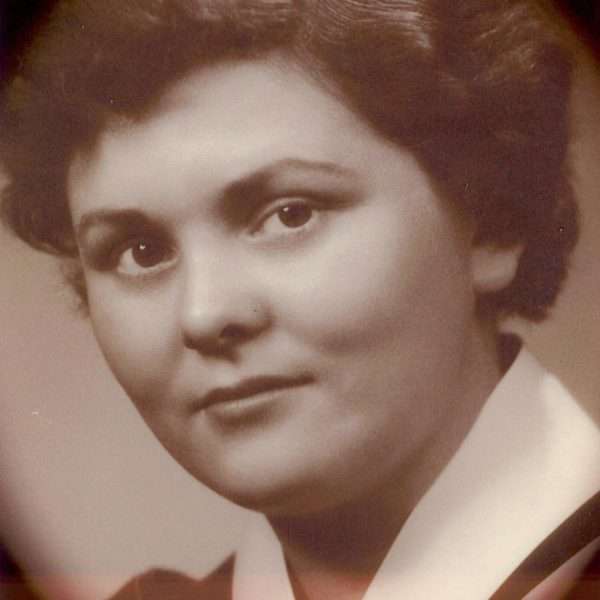 Dr. Carolyn Attridge (1936-2010)
Dr. Carolyn Attridge (1936-2010) -
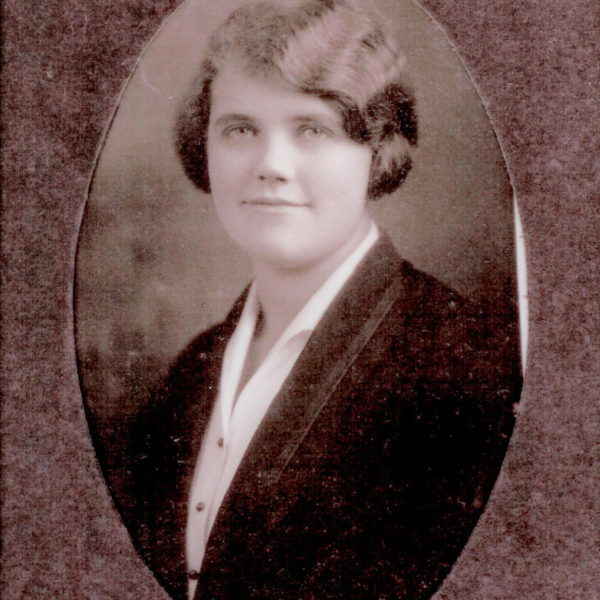 Patricia Barff (1910-1987)
Patricia Barff (1910-1987) -
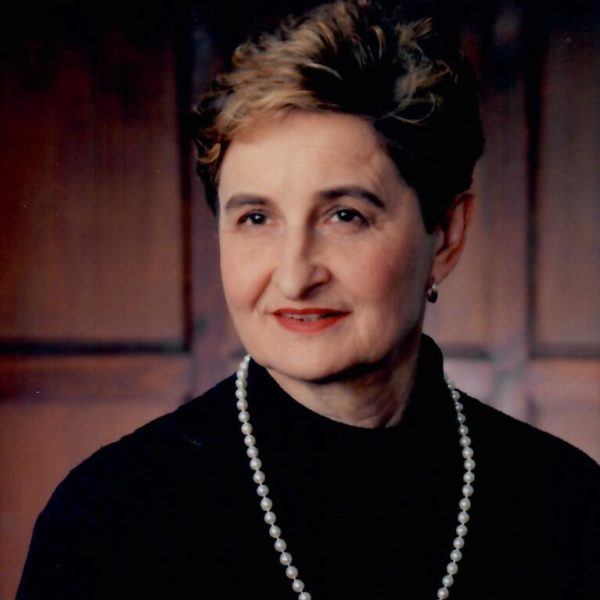 Dr. Alice J Baumgart
Dr. Alice J Baumgart -
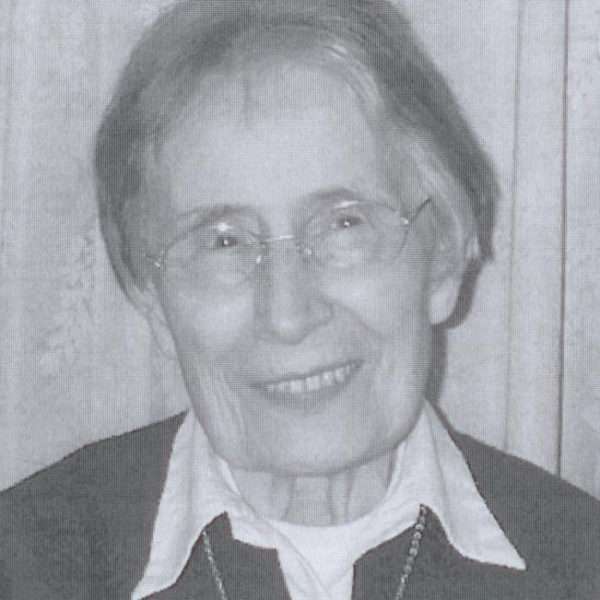 Olga Belecky (1911-2006)
Olga Belecky (1911-2006) -
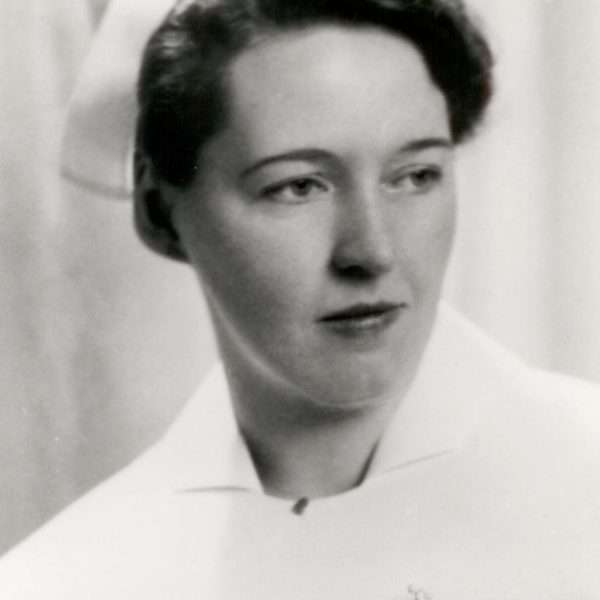 Ellen Benedict 1902 – 1997
Ellen Benedict 1902 – 1997 -
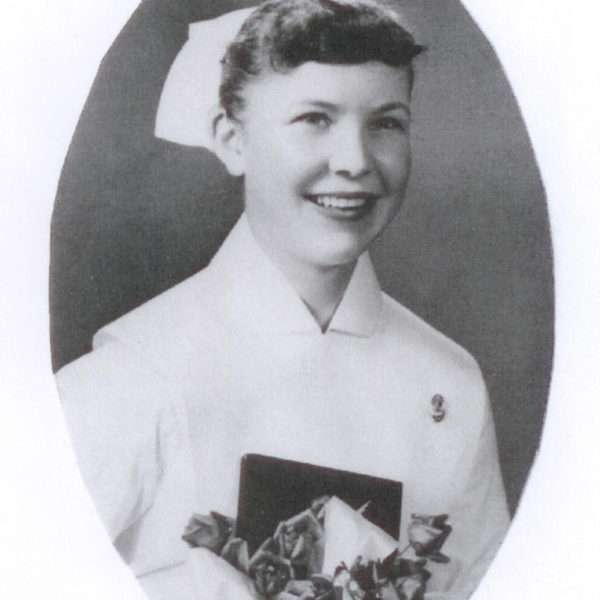 Angela Berg (1936-2004)
Angela Berg (1936-2004) -
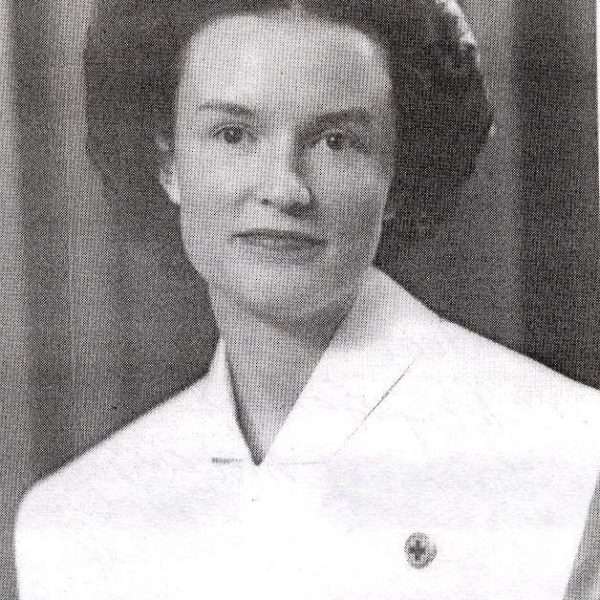 Phyllis Bernez (1925- 2014)
Phyllis Bernez (1925- 2014) -
 Lois Blais 1938 – 2008
Lois Blais 1938 – 2008 -
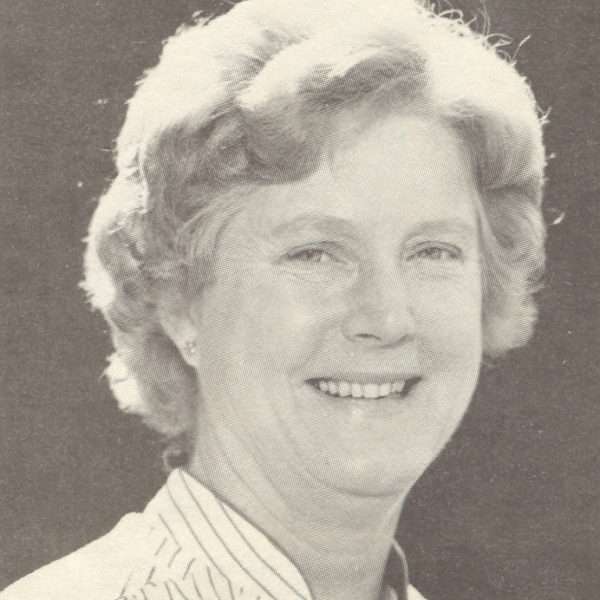 Vivian Blake (1927-
Vivian Blake (1927- -
 Marion Boyle (1925-
Marion Boyle (1925- -
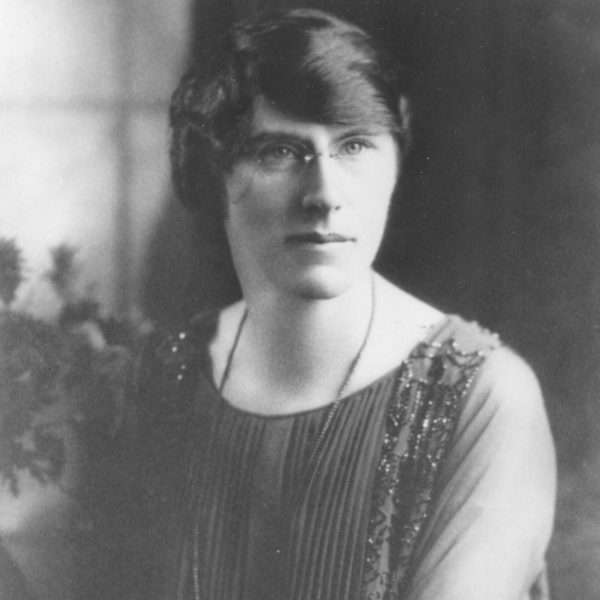 Elizabeth Breeze (1881-1938)
Elizabeth Breeze (1881-1938) -
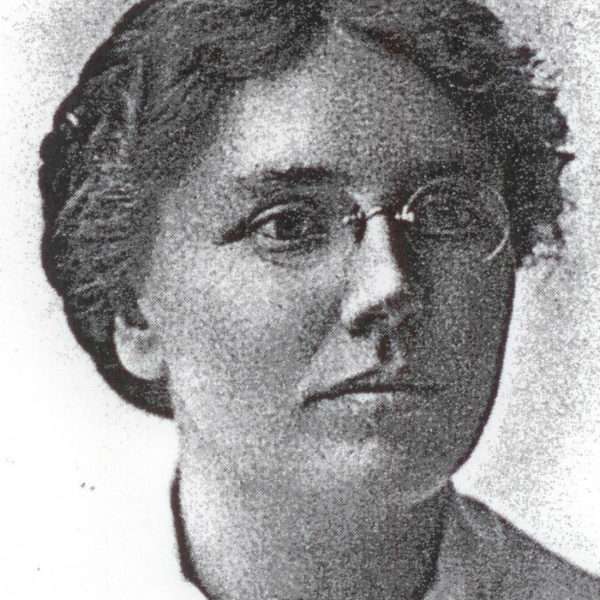 Sharley Brown (1879-1944)
Sharley Brown (1879-1944) -
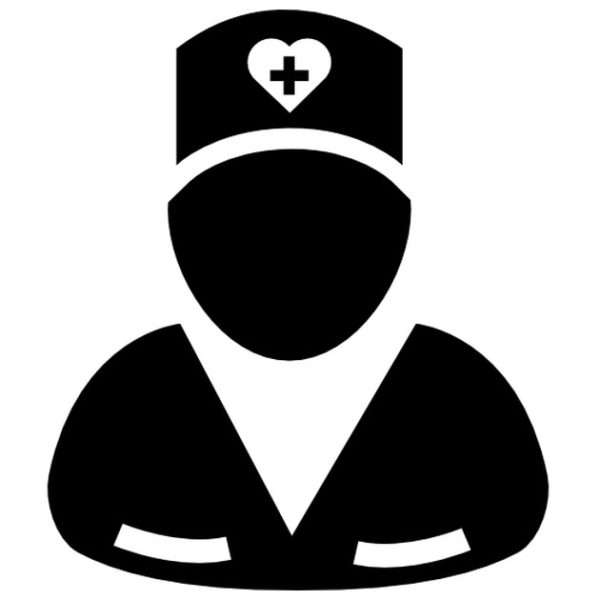 James Bullen
James Bullen -
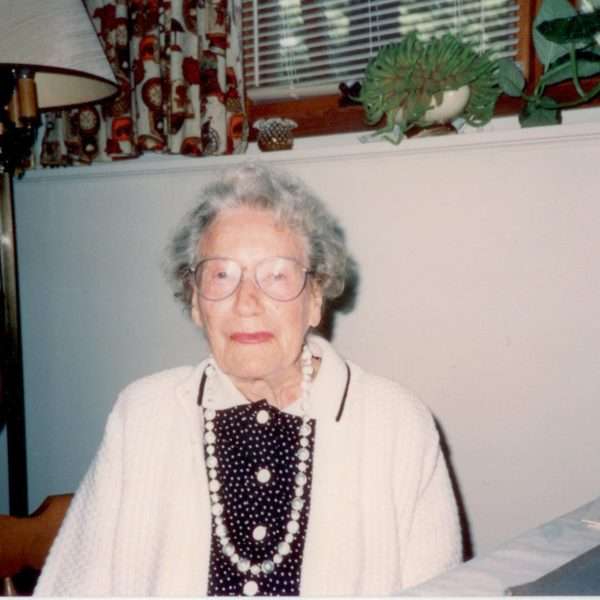 Helen Campbell (1902-
Helen Campbell (1902- -
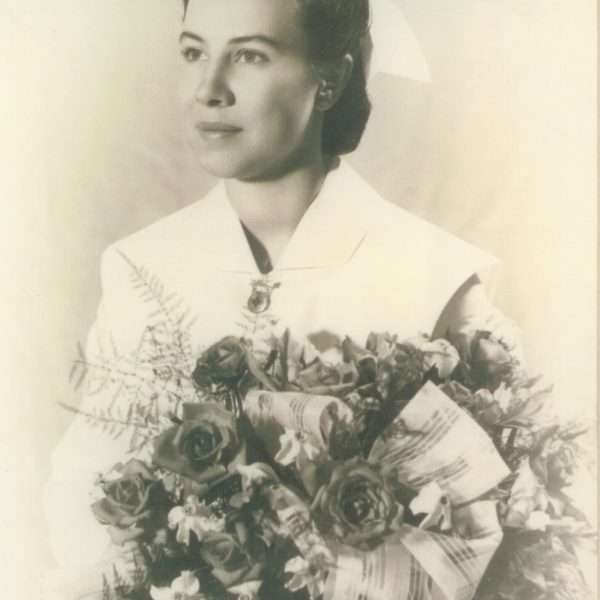 Joyce Campbell (1921-2013)
Joyce Campbell (1921-2013) -
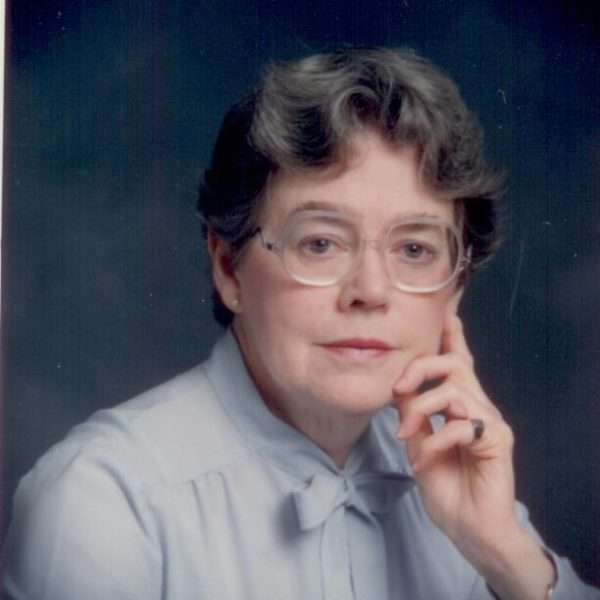 Margaret Campbell (1923-1992)
Margaret Campbell (1923-1992) -
 Mary Campbell (1879-1958)
Mary Campbell (1879-1958) -
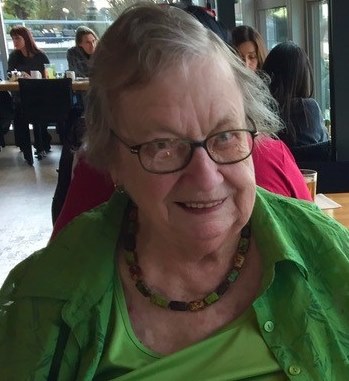 Joyce Campkin (1924-2021)
Joyce Campkin (1924-2021) -
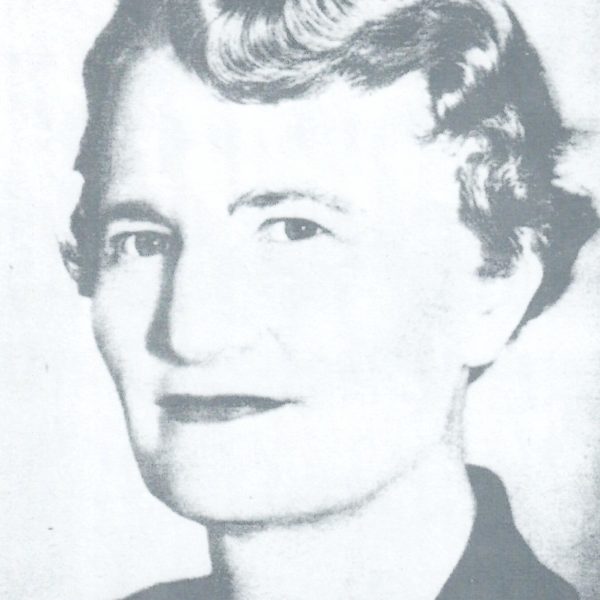 Pauline Capelle (1906-1991)
Pauline Capelle (1906-1991) -
 Barbara Carroll (1943- )
Barbara Carroll (1943- ) -
 Joan Carruthers (1924-
Joan Carruthers (1924- -
 Anne Cavers (1889-1971)
Anne Cavers (1889-1971) -
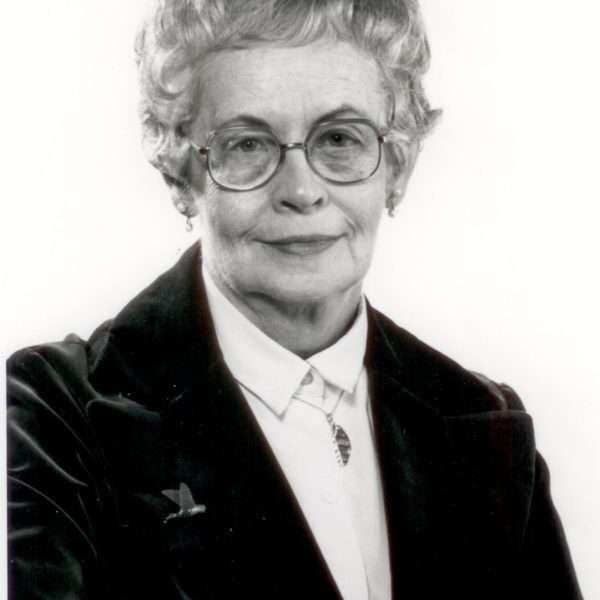 Elizabeth “Betty” Cawston (1917- 2003)
Elizabeth “Betty” Cawston (1917- 2003) -
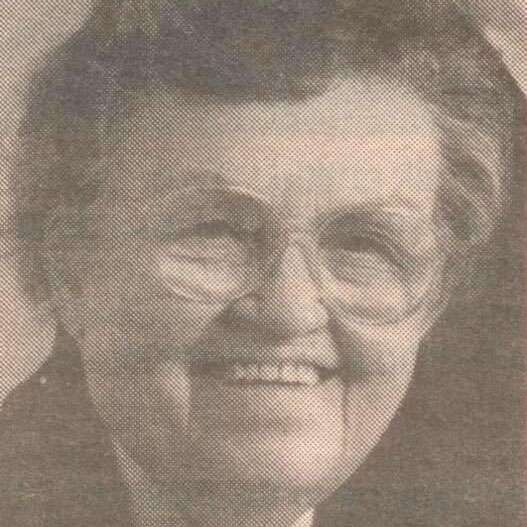 Sister Mary Celestine (1918-1995)
Sister Mary Celestine (1918-1995) -
 Christine Charter (1913-2012)
Christine Charter (1913-2012) -
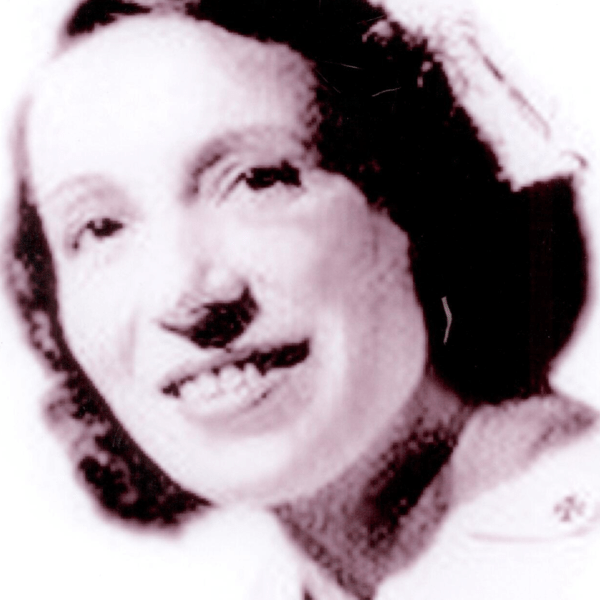 Carmen Elizabeth Clarke (1911-1960)
Carmen Elizabeth Clarke (1911-1960) -
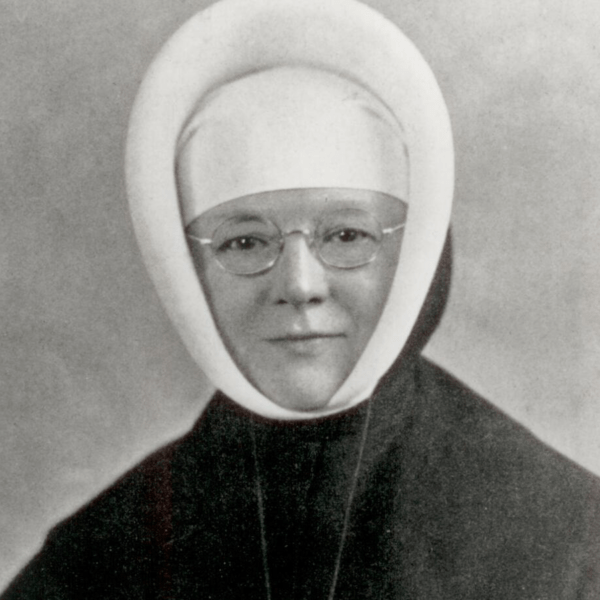 Sister Columkille (1890-1973)
Sister Columkille (1890-1973) -
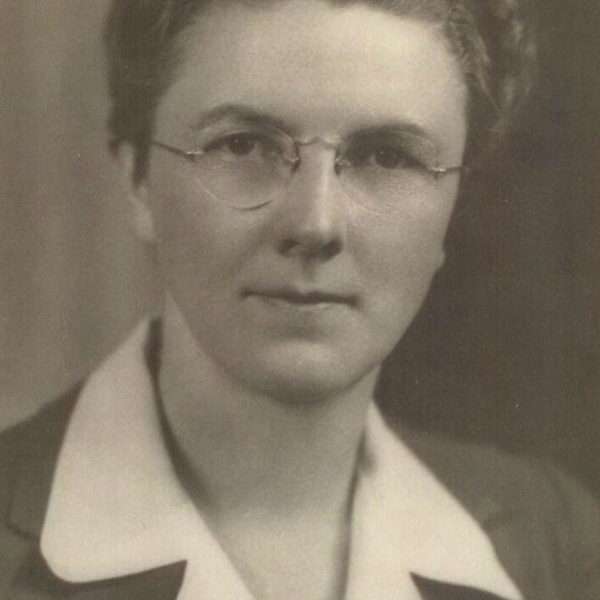 Dr. Lyle Creelman (1908-2007)
Dr. Lyle Creelman (1908-2007) -
 Lavinia Crane (1923-2017)
Lavinia Crane (1923-2017) -
 Christina Critchley (1911-1982)
Christina Critchley (1911-1982) -
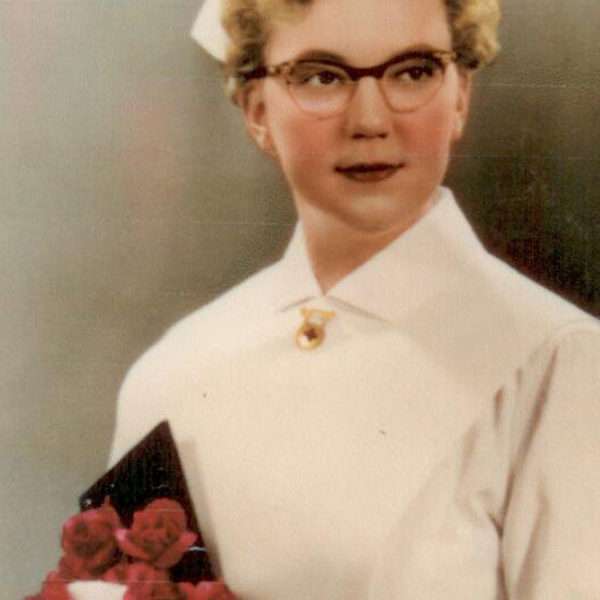 Shirley Dean (1934-1979)
Shirley Dean (1934-1979) -
 Joan Doree (1919-2016)
Joan Doree (1919-2016) -
 Jean Dorgan (1910-2008)
Jean Dorgan (1910-2008) -
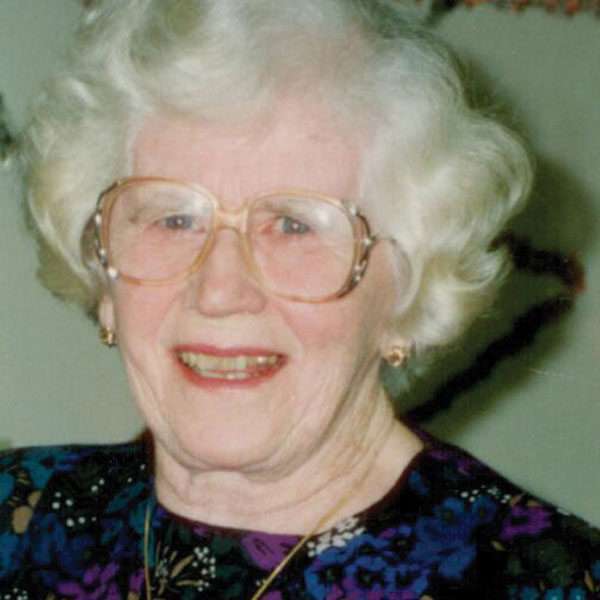 Florence Dougherty (1912- 2003)
Florence Dougherty (1912- 2003) -
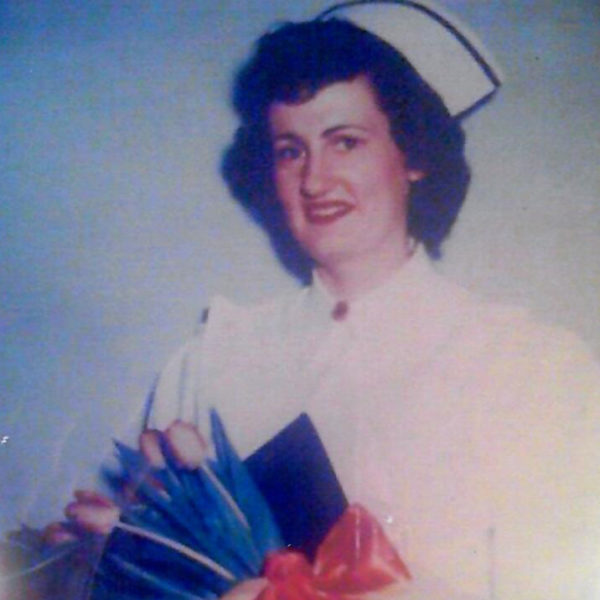 Daggitt, Mildred Emily (1929-2016)
Daggitt, Mildred Emily (1929-2016) -
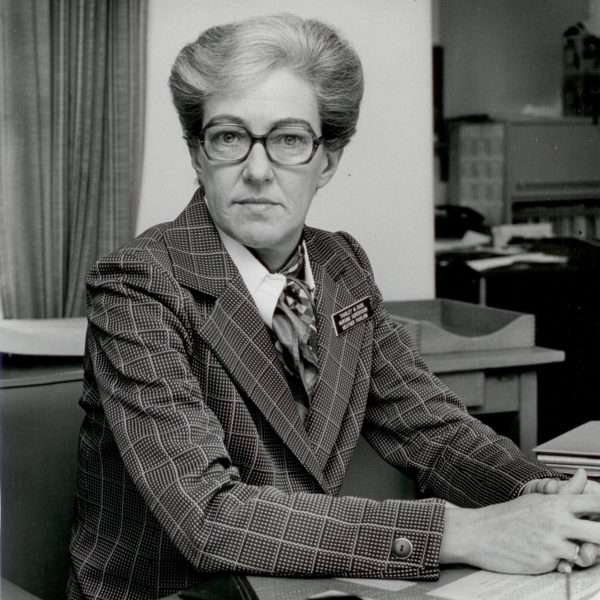 Mary Thurley Duck (1929-1997)
Mary Thurley Duck (1929-1997) -
 Beverly DuGas (1923-2012)
Beverly DuGas (1923-2012) -
 Margaret Duffield (1884-1969)
Margaret Duffield (1884-1969) -
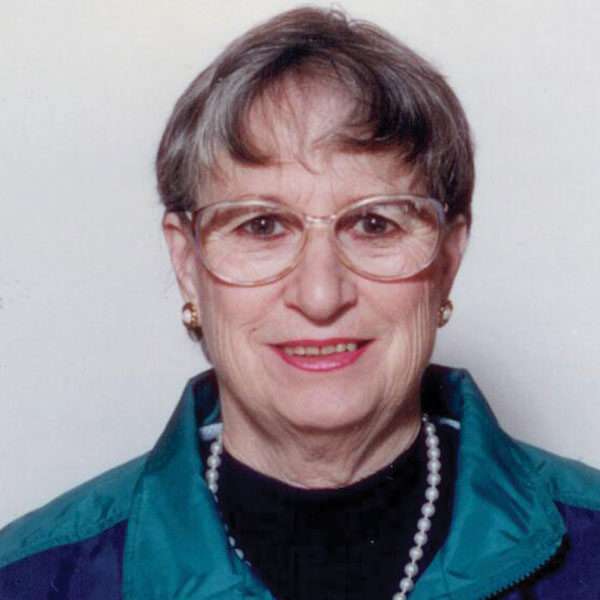 Deidre Duggan (1932-
Deidre Duggan (1932- -
 Margaret Willard Jensen (1921-1999)
Margaret Willard Jensen (1921-1999) -
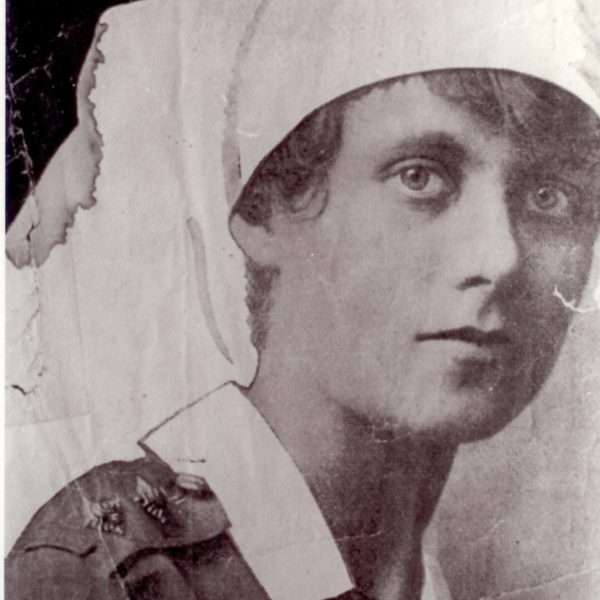 Nancy Dunn
Nancy Dunn -
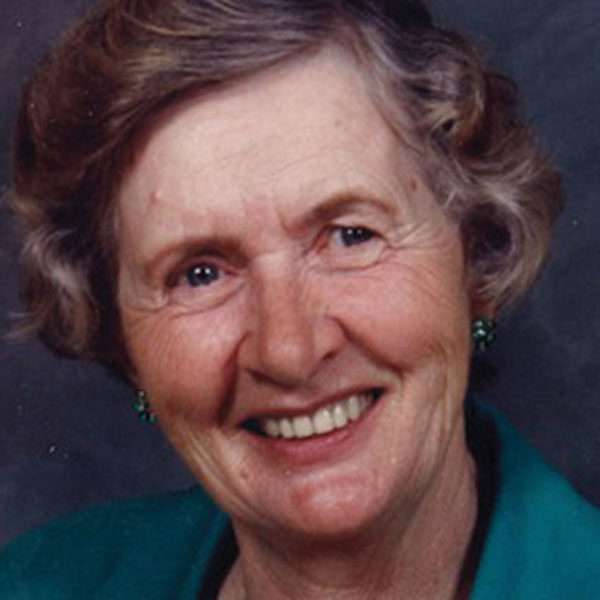 Rachel Margaret Dwyer (1918- 2015)
Rachel Margaret Dwyer (1918- 2015)

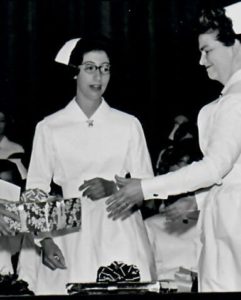 Cannon (nee Caldwell), Frances Jean (1941-2005)
Cannon (nee Caldwell), Frances Jean (1941-2005) Calnan, Rob
Calnan, Rob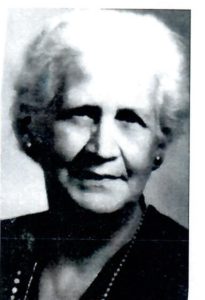 Buckland (nee Wilshire), Gertrude “Billie” (1881-1961)
Buckland (nee Wilshire), Gertrude “Billie” (1881-1961)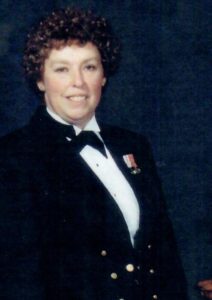 Buckingham, Stephanie
Buckingham, Stephanie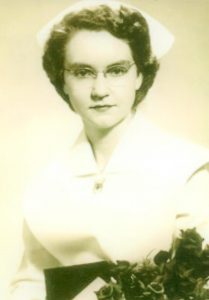 Nicknamed “Torchy” because of her red hair and outgoing personality, Grace Adamson graduated from Vancouver General Hospital School of Nursing in 1950 and received her BSN from UBC in 1951. She taught at Vancouver General Hospital and worked as a VON in Vancouver’s downtown east side in the 1950s. After her marriage she left active nursing, but worked as editor and then co-editor of the VGH Alumnae newsletter from 1952 to 1992.
Nicknamed “Torchy” because of her red hair and outgoing personality, Grace Adamson graduated from Vancouver General Hospital School of Nursing in 1950 and received her BSN from UBC in 1951. She taught at Vancouver General Hospital and worked as a VON in Vancouver’s downtown east side in the 1950s. After her marriage she left active nursing, but worked as editor and then co-editor of the VGH Alumnae newsletter from 1952 to 1992.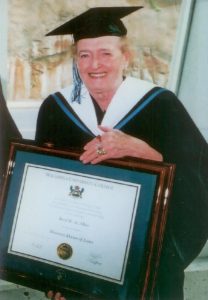 Albee (nee Brownlee) Beryl K. (1921-2012)
Albee (nee Brownlee) Beryl K. (1921-2012)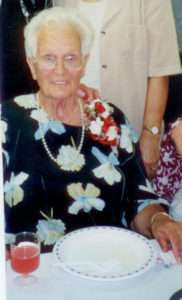 See Oral History Files, Fonds 18, Series 3, Subseries 8.
See Oral History Files, Fonds 18, Series 3, Subseries 8.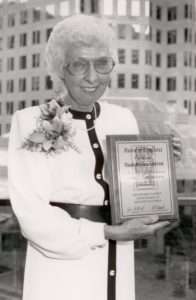 Maude Anderson received her Diploma in Nursing from the Royal Victoria Hospital in Montreal in 1944 and a Bachelor of Nursing from McGill in 1947. From 1947-1953 she taught at the Vancouver General School of Nursing. From 1953 to 1959 she worked with the World Health Organization to modernize health delivery systems and establish schools of nursing in Dacca, Pakistan and Mauritius. She obtained her Masters of Nursing degree from the University of Seattle and from 1961-1966 was Director of Nursing at Nanaimo General Hospital.
Maude Anderson received her Diploma in Nursing from the Royal Victoria Hospital in Montreal in 1944 and a Bachelor of Nursing from McGill in 1947. From 1947-1953 she taught at the Vancouver General School of Nursing. From 1953 to 1959 she worked with the World Health Organization to modernize health delivery systems and establish schools of nursing in Dacca, Pakistan and Mauritius. She obtained her Masters of Nursing degree from the University of Seattle and from 1961-1966 was Director of Nursing at Nanaimo General Hospital. Carolyn Attridge received degrees in nursing, pediatrics, and a Ph.d. in Curriculum and Instruction. She taught nursing at Ryerson Polytechnic, one of three offering the first educational program without any direct link to the traditional practice field of hospital nursing. She joined the School of Nursing program at the University of Victoria in 1981, offering programs that allowed nurses to complete their B.A.s in their own communities. Later on, she became Director of the School of Nursing
Carolyn Attridge received degrees in nursing, pediatrics, and a Ph.d. in Curriculum and Instruction. She taught nursing at Ryerson Polytechnic, one of three offering the first educational program without any direct link to the traditional practice field of hospital nursing. She joined the School of Nursing program at the University of Victoria in 1981, offering programs that allowed nurses to complete their B.A.s in their own communities. Later on, she became Director of the School of Nursing Patricia
Patricia  See Oral History files,
See Oral History files, 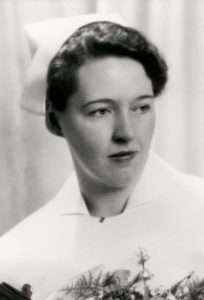 See Oral History files,
See Oral History files, 
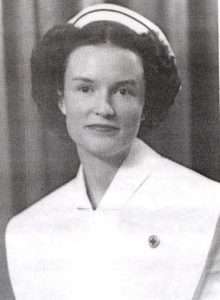 See also Oral History files,
See also Oral History files, 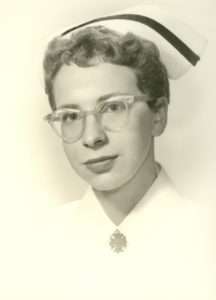 See also
See also 
 Breeze graduated from the Hospital for Sick Children in Toronto; she received additional training in affiliated schools and Roosevelt Hospital in New York. In 1910 she initiated the school nursing service in Vancouver and in 1923 became Director of Nursing for the Metropolitan Health Committee of Greater Vancouver, a position she held until her death.
Breeze graduated from the Hospital for Sick Children in Toronto; she received additional training in affiliated schools and Roosevelt Hospital in New York. In 1910 she initiated the school nursing service in Vancouver and in 1923 became Director of Nursing for the Metropolitan Health Committee of Greater Vancouver, a position she held until her death. See also
See also 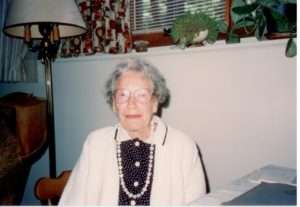 Helen Campbell was born in Medicine Hat. After four years of teaching in one-room schools, she commenced nursing study in 1926 at Vancouver General Hospital. Subsequently she worked at Wrinch Memorial Hospital in Hazelton for five years. From 1937 to 1942 she did private nursing in Vancouver, followed by brief periods at Britannia Beach and Fort Rupert. She returned to Grand Forks in 1943 to nurse her parents and do some work in the local hospital. In 1963 a new hospital was built here, where she became Director of Nursing until her retirement in 1968.
Helen Campbell was born in Medicine Hat. After four years of teaching in one-room schools, she commenced nursing study in 1926 at Vancouver General Hospital. Subsequently she worked at Wrinch Memorial Hospital in Hazelton for five years. From 1937 to 1942 she did private nursing in Vancouver, followed by brief periods at Britannia Beach and Fort Rupert. She returned to Grand Forks in 1943 to nurse her parents and do some work in the local hospital. In 1963 a new hospital was built here, where she became Director of Nursing until her retirement in 1968.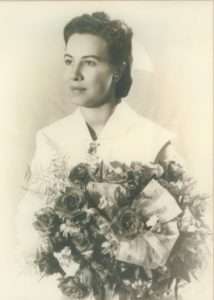 See Oral History files, Fonds 18, Series 3, Subseries 8
See Oral History files, Fonds 18, Series 3, Subseries 8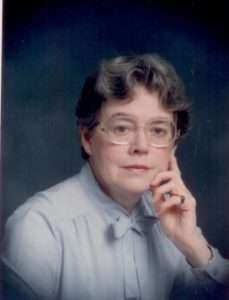 See also fonds 22
See also fonds 22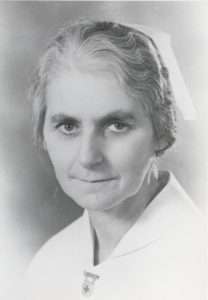 See also Pages of History, Fonds 18, Series 3, Subseries 9, File 2
See also Pages of History, Fonds 18, Series 3, Subseries 9, File 2 See Oral History files, Fonds 18, Series 3, Subseries 8 and Pages of History, Fonds 18, Series 3, Subseries 9, File 2
See Oral History files, Fonds 18, Series 3, Subseries 8 and Pages of History, Fonds 18, Series 3, Subseries 9, File 2 Celestine, Sister Mary
Celestine, Sister Mary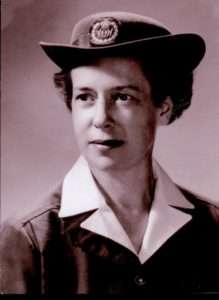 See Oral History files, Fonds 18, Series 3, Subseries 8
See Oral History files, Fonds 18, Series 3, Subseries 8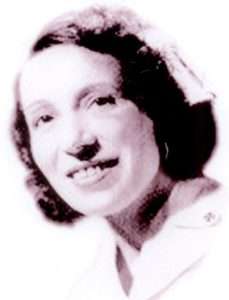 Elizabeth trained as a nurse at the Swift Current Hospital, moving with her husband John Clark to Vancouver in the 1940s where she worked at the Hospital for Sick and Crippled Children. In 1948 she wrote the song that made her famous, “There’s a Bluebird on Your Windowsill” for a young patient who noticed a sparrow hopping on the windowsill by his bed.
Elizabeth trained as a nurse at the Swift Current Hospital, moving with her husband John Clark to Vancouver in the 1940s where she worked at the Hospital for Sick and Crippled Children. In 1948 she wrote the song that made her famous, “There’s a Bluebird on Your Windowsill” for a young patient who noticed a sparrow hopping on the windowsill by his bed.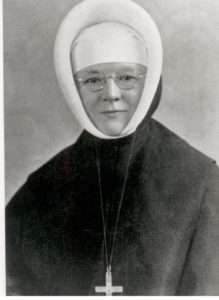 Columkille, Sister (Alice Lane Hamer) (1890-1973)
Columkille, Sister (Alice Lane Hamer) (1890-1973)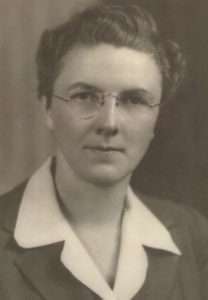 Dr. Lyle Creelman helped countries around the world build their health care systems. She joined the UN Relief and Rehabilitation Administration in England in 1944, and in 1954 became Chief Nursing Officer of the World Health Organization. On her retirement ICN described her as having “achieved more for nursing through the world than any other nurse of her time”. As Glennis Zilm says “There’s a little story of nurses standing at the bottom of a river pulling bodies out. Lyle went up the river to find out who was throwing them in”.
Dr. Lyle Creelman helped countries around the world build their health care systems. She joined the UN Relief and Rehabilitation Administration in England in 1944, and in 1954 became Chief Nursing Officer of the World Health Organization. On her retirement ICN described her as having “achieved more for nursing through the world than any other nurse of her time”. As Glennis Zilm says “There’s a little story of nurses standing at the bottom of a river pulling bodies out. Lyle went up the river to find out who was throwing them in”. See Oral History files,
See Oral History files,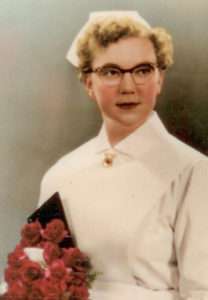 Following Shirley’s graduation from VGH in 1955, she began work as a staff nurse at Surrey Memorial Hospital. She was promoted to Head Nurse and worked to develop standards of care and quality assurance programs. When she died of cancer at the age of 45, the newly purchased King George Private Hospital was named the Shirley Dean Pavilion in her honour.
Following Shirley’s graduation from VGH in 1955, she began work as a staff nurse at Surrey Memorial Hospital. She was promoted to Head Nurse and worked to develop standards of care and quality assurance programs. When she died of cancer at the age of 45, the newly purchased King George Private Hospital was named the Shirley Dean Pavilion in her honour.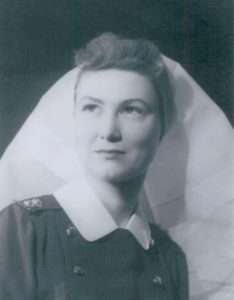 Doree, Joan Florence Alice (1919-2016)
Doree, Joan Florence Alice (1919-2016)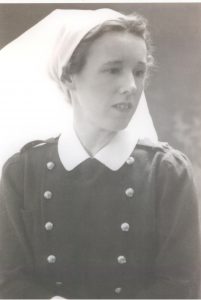 Dorgan, Jean (1910-2008)
Dorgan, Jean (1910-2008)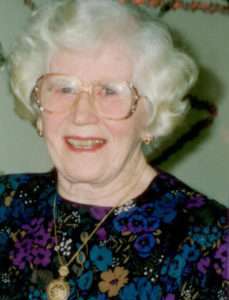 Dougherty, Florence (1912- 2003)
Dougherty, Florence (1912- 2003)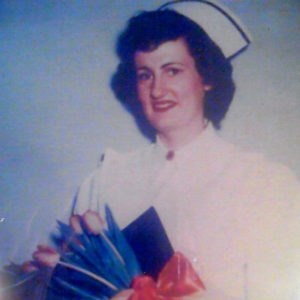 Daggitt, Mildred Emily (1929-2016)
Daggitt, Mildred Emily (1929-2016)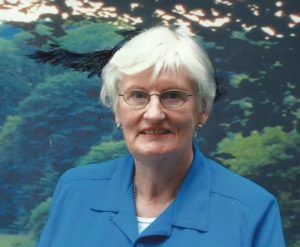
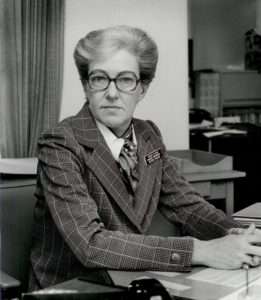 Duck, Mary Thurley (1929-1997)
Duck, Mary Thurley (1929-1997) Beverly Witter DuGas was born in Vancouver, receiving her B.A. from UBC in 1944 and her Diploma from the Vancouver General Hospital
Beverly Witter DuGas was born in Vancouver, receiving her B.A. from UBC in 1944 and her Diploma from the Vancouver General Hospital  Duggan (nee Lane), Deidre V. (1932-
Duggan (nee Lane), Deidre V. (1932-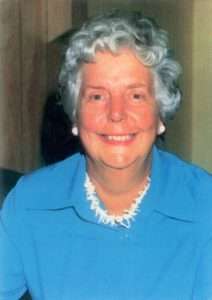 Duncan Jensen, Margaret Willard (1921-1999)
Duncan Jensen, Margaret Willard (1921-1999) Born in England, Nancy came to Canada in 1909. She graduated from the Hamilton City Hospital in 1909 and worked in Ottawa during a typhoid epidemic that year. She enlisted during WW I, serving in various locations for the Queen Alexandria Nursing Service.
Born in England, Nancy came to Canada in 1909. She graduated from the Hamilton City Hospital in 1909 and worked in Ottawa during a typhoid epidemic that year. She enlisted during WW I, serving in various locations for the Queen Alexandria Nursing Service.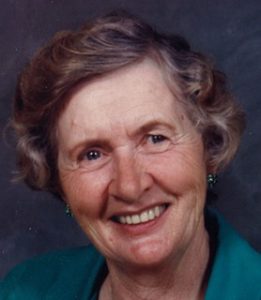 Dwyer (nee Smith), Rachel Margaret (1918- 2015)
Dwyer (nee Smith), Rachel Margaret (1918- 2015)